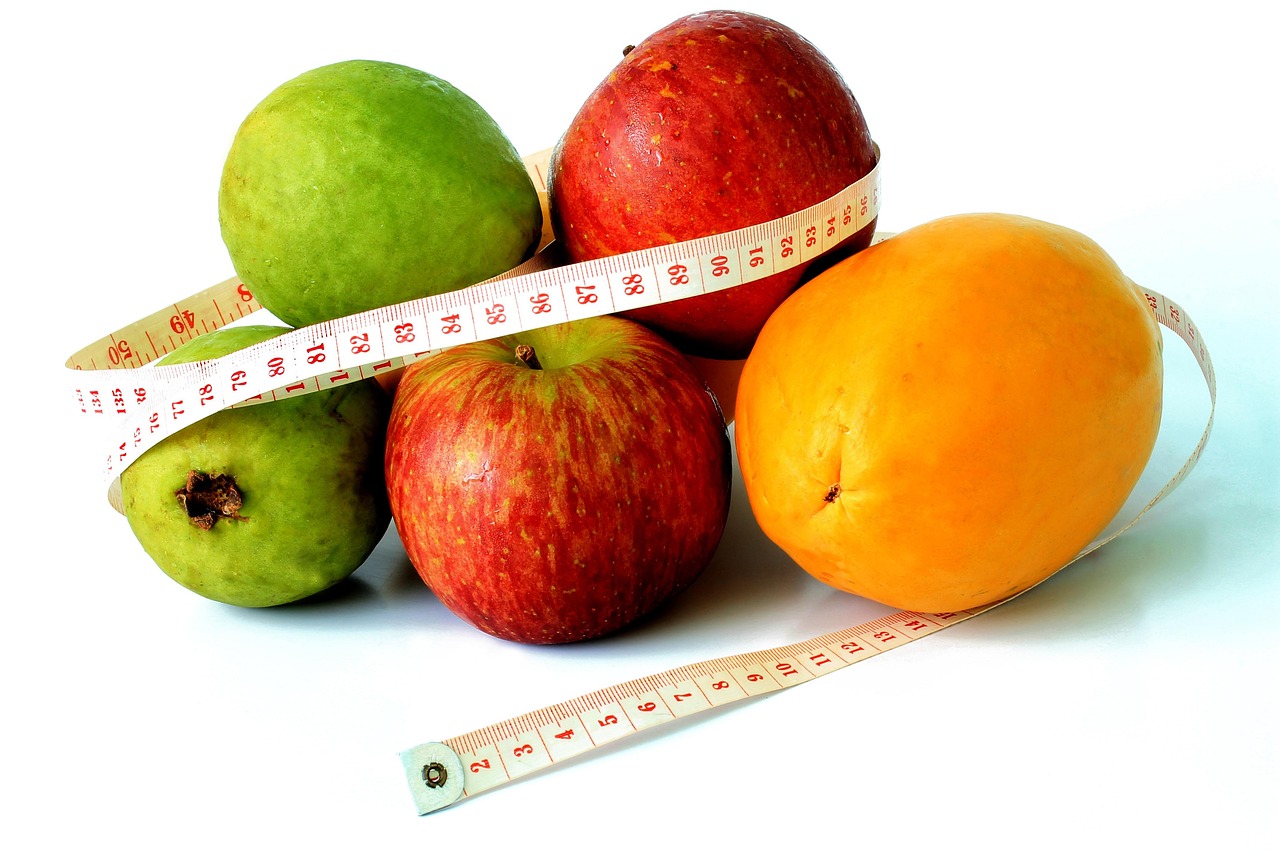JSON to XML
JSON to XML refers to a process or tool that converts data from JSON (JavaScript Object Notation) format into XML (Extensible Markup Language) format. This conversion is helpful for transforming structured data from one widely-used format (JSON) into another (XML), particularly for use in applications that require XML or for compatibility with legacy systems, APIs, or web services.
JSON to XML refers to a process or tool that converts data from JSON (JavaScript Object Notation) format into XML (Extensible Markup Language) format. This conversion is helpful for transforming structured data from one widely-used format (JSON) into another (XML), particularly for use in applications that require XML or for compatibility with legacy systems, APIs, or web services.
What is JSON?
JSON is a lightweight data-interchange format that is easy for humans to read and machines to parse. It represents data as key-value pairs and is commonly used in APIs and web applications to transmit data between servers and clients. JSON supports objects (dictionaries) and arrays (lists), and it is typically less verbose than XML.
What is XML?
XML is a markup language that defines rules for encoding documents in a format that is both human-readable and machine-readable. XML uses tags to define elements and structure, often making it more verbose than JSON. It is widely used in web services, data storage, and for exchanging data between systems that may not support JSON.
JSON to XML Conversion:
Converting JSON to XML involves translating the key-value pairs of JSON into XML elements, where each key becomes an XML tag, and each value becomes the content of the corresponding tag. Nested JSON objects and arrays are typically converted into nested XML tags or repeated XML elements.
Example:
JSON Format:
XML Format (after conversion):
In this example, the key-value pairs from the JSON format are translated into XML tags, and the nested object (address) is converted into a nested set of XML tags.
Key Features of a JSON to XML Converter:
-
Tag-based Structure:
- JSON keys are converted to XML tags, and values are wrapped inside these tags. This helps structure the data into a format that can be processed by XML parsers.
-
Handling Nested Structures:
- JSON allows nesting of objects and arrays, and in XML, these structures are represented as nested elements or repeated tags, making it easier to maintain the hierarchy.
-
Attributes in XML:
- Some JSON data may be represented as XML attributes instead of child elements, depending on the converter's logic and the user's preferences. This is particularly useful for flat key-value pairs.
-
Customizable Output:
- Some converters allow customization, such as choosing whether to represent arrays as repeated tags or list elements, or whether to use attributes for certain elements.
-
Data Integrity:
- The converter ensures that the data remains intact and is accurately represented in XML format, including handling special characters, data types, and structures like arrays or nested objects.
Use Cases for JSON to XML Conversion:
-
Data Exchange:
- Many legacy systems or web services require XML format for data exchange. Converting JSON to XML ensures compatibility with such systems.
-
Interoperability:
- If you're working with multiple systems or APIs that use different formats, converting JSON to XML enables interoperability between them, allowing you to exchange data without format issues.
-
Web Services (SOAP):
- SOAP (Simple Object Access Protocol) is a protocol used for exchanging structured information in web services. SOAP messages are often in XML format, so converting JSON to XML allows you to integrate with SOAP-based services.
-
Storing and Managing Structured Data:
- XML is widely used for storing configuration files, hierarchical data, and in document-centric applications (e.g., RSS feeds, configuration files, etc.). Converting JSON to XML can facilitate the management of data in such contexts.
-
API Integration:
- Some APIs expect data in XML format. Converting JSON to XML allows you to send requests to these APIs or process their responses.
How a JSON to XML Converter Works:
-
Input:
- You provide JSON data by pasting it into the tool or uploading a JSON file.
-
Process:
- The converter reads the JSON structure and creates XML elements based on the JSON keys, with values as the element content. If the JSON contains nested objects or arrays, these are represented as nested XML elements or multiple XML tags.
-
Output:
- The tool generates the XML representation of the input JSON, which you can download or copy for further use.
Why Convert JSON to XML?
-
Compatibility with Legacy Systems:
- Many older systems, particularly web services like SOAP-based APIs, require XML for data exchange. Converting JSON to XML ensures you can integrate with such systems.
-
Standardization:
- XML is a widely adopted standard for data representation and exchange, especially in enterprise systems. Converting JSON to XML makes your data conform to this standard.
-
Hierarchical Data Representation:
- Both JSON and XML are designed to handle hierarchical data. If you need to process or share data in a format that is more suitable for XML-based applications, converting JSON to XML ensures compatibility.
-
Data Storage:
- XML is often used for data storage, particularly when dealing with structured or document-centric data. Converting JSON to XML allows for storing data in a more widely used, standardized format.
Conclusion:
A JSON to XML Converter helps transform structured JSON data into a format that is compatible with XML-based systems, applications, and protocols. This conversion is useful for data exchange, API integration, and interoperability between systems that require different data formats.
Would you like help converting JSON to XML, or need additional information about a tool for this task?













